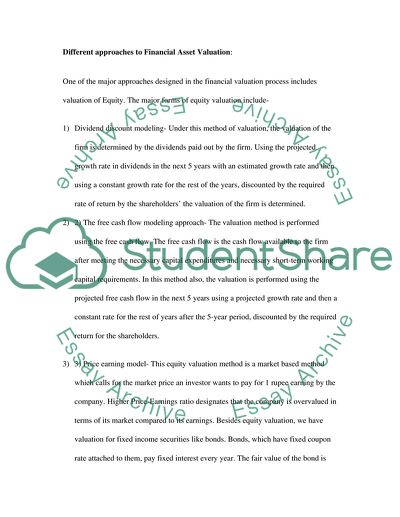Cite this document
(Differences between Liquidity and Solvency Problems Assignment - 1, n.d.)
Differences between Liquidity and Solvency Problems Assignment - 1. Retrieved from https://studentshare.org/finance-accounting/1753018-finance
Differences between Liquidity and Solvency Problems Assignment - 1. Retrieved from https://studentshare.org/finance-accounting/1753018-finance
(Differences Between Liquidity and Solvency Problems Assignment - 1)
Differences Between Liquidity and Solvency Problems Assignment - 1. https://studentshare.org/finance-accounting/1753018-finance.
Differences Between Liquidity and Solvency Problems Assignment - 1. https://studentshare.org/finance-accounting/1753018-finance.
“Differences Between Liquidity and Solvency Problems Assignment - 1”, n.d. https://studentshare.org/finance-accounting/1753018-finance.


